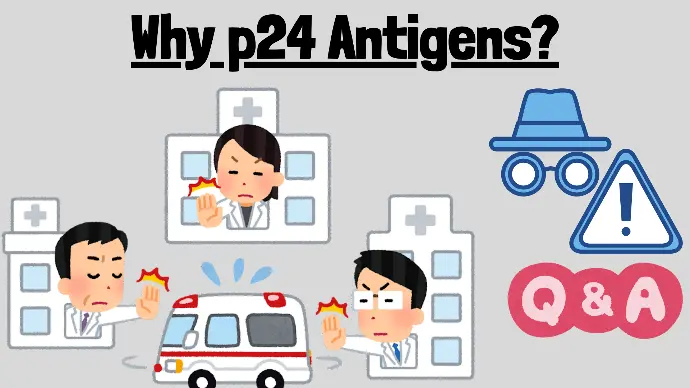Window Period Of HIV
False Negative HIV Test
What is Window Period of HIV?
The window period of HIV is the early phase of HIV infection, where the virus is present in the blood, but antibodies against HIV are not yet detectable. This period is crucial because it can lead to false-negative results in HIV screening tests.

Why is the Window Period Significant?
During the window period, the body has not yet produced a detectable level of antibodies in response to the HIV infection, even though the virus and its antigens are present. If an individual undergoes an HIV test during this time, the result may be negative, despite the person being infected with HIV. This can lead to a false sense of security and delay in diagnosis and treatment.
False Negative HIV Tests and the Window Period
A false negative HIV test occurs when the test result incorrectly shows that a person is not infected with HIV, even though they are. This usually happens if the test is conducted during the window period, where the traditional antibody tests fail to detect the virus because the antibodies have not yet formed.
False screening test
So Window period gives a false screening test.
if blood testing for HIV screening is done during this period.

Innovation by BLOOD BANKS
To combat the risk of false-negative results during the window period, blood banks have implemented a more advanced testing method that includes screening for the p24 antigen.
p24 Antigen:
The p24 antigen is a core protein of the HIV virus that appears in the blood shortly after infection. Since p24 antigens can be detected before the body produces HIV antibodies, testing for p24 is a crucial innovation for early detection, especially during the window period.

Why p24 Antigen Testing Matters
Testing for p24 antigens allows blood banks to detect HIV earlier in the infection process, even when antibodies are not yet present. This reduces the likelihood of false-negative results and helps in ensuring the safety of blood transfusions and early intervention for those infected.